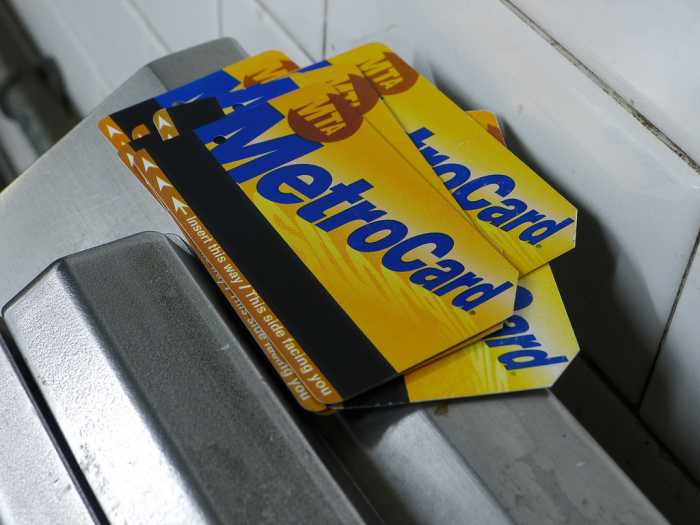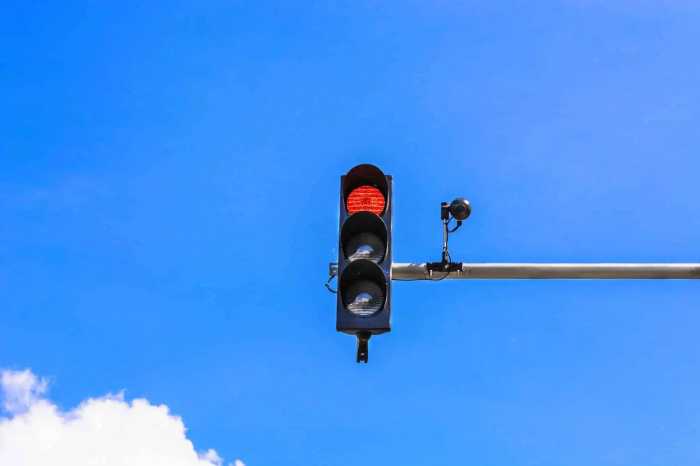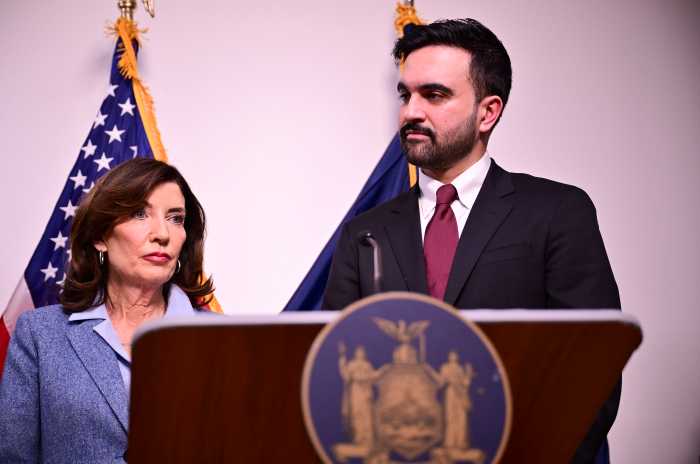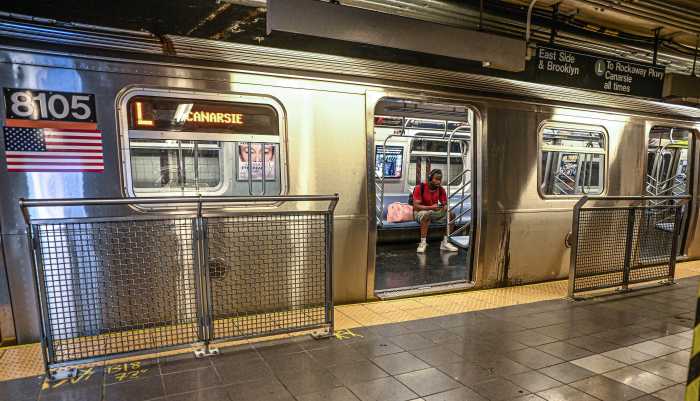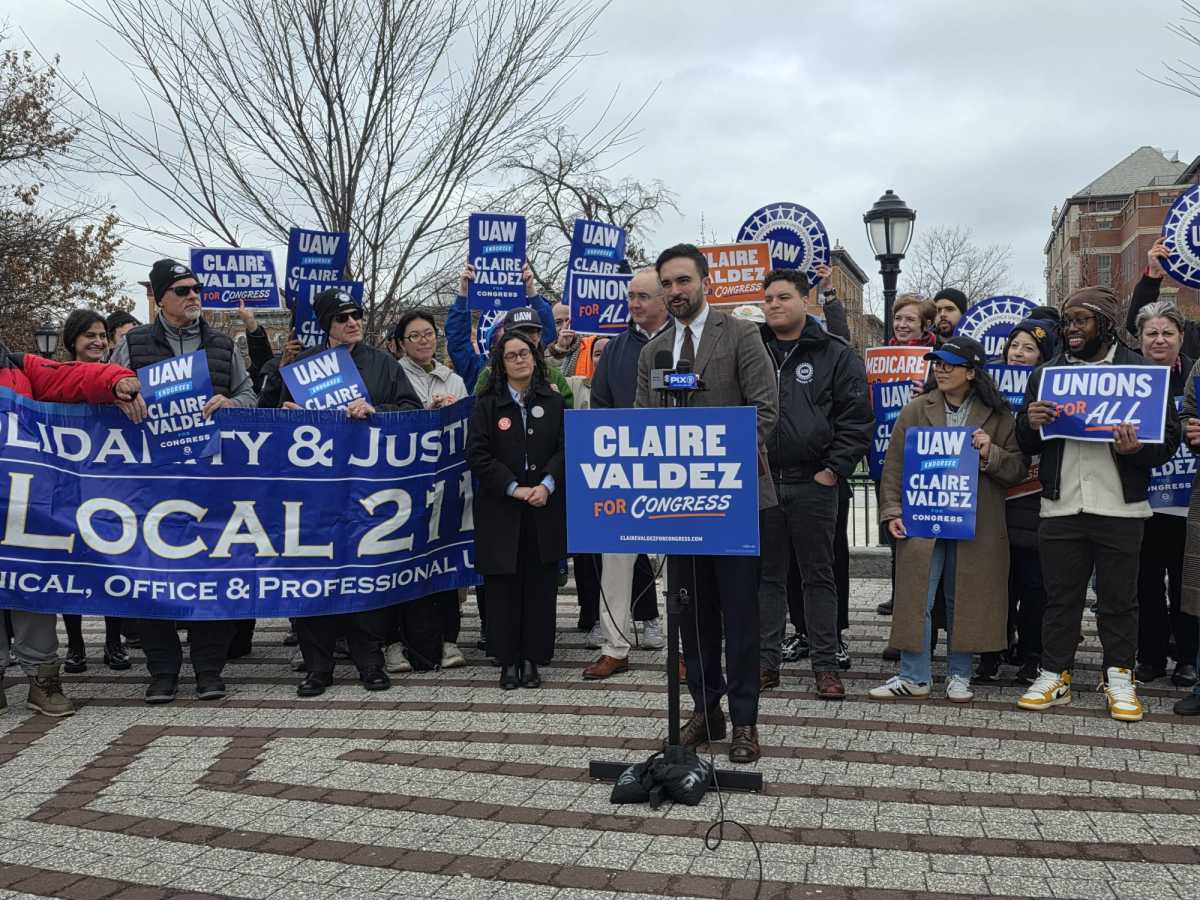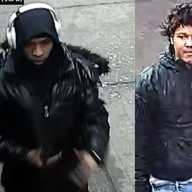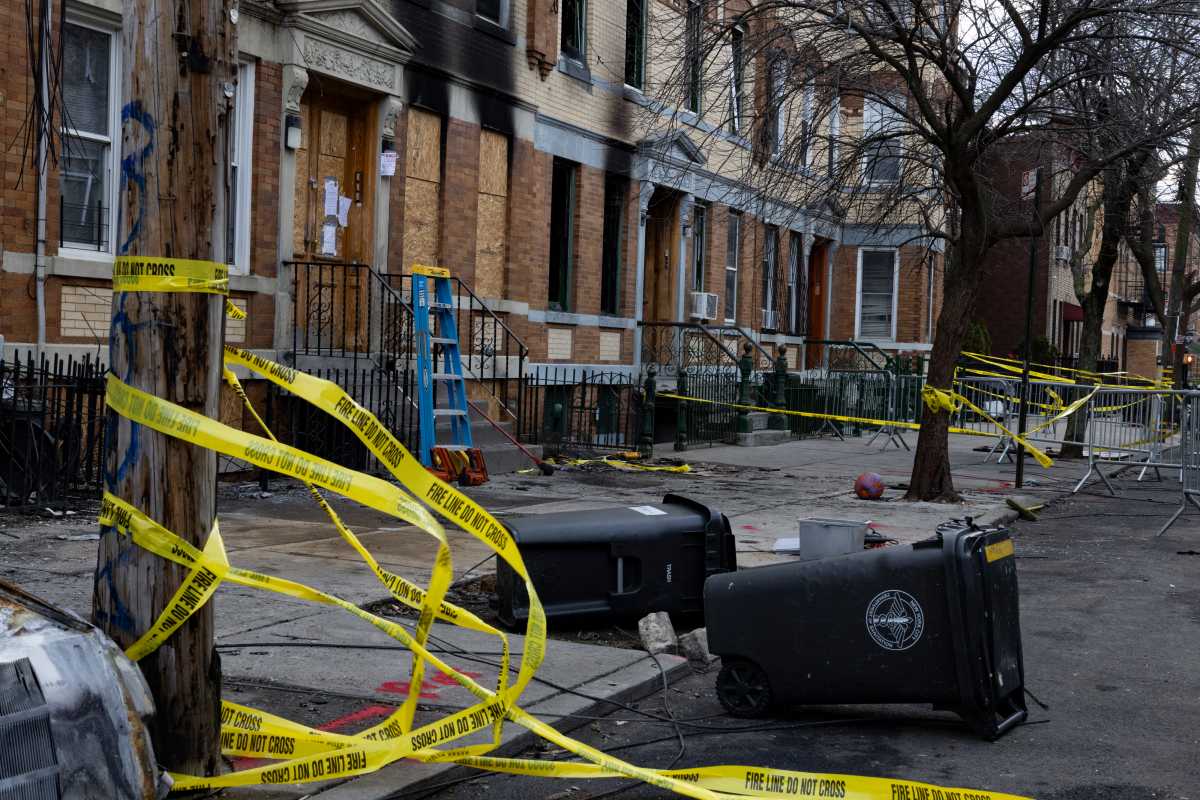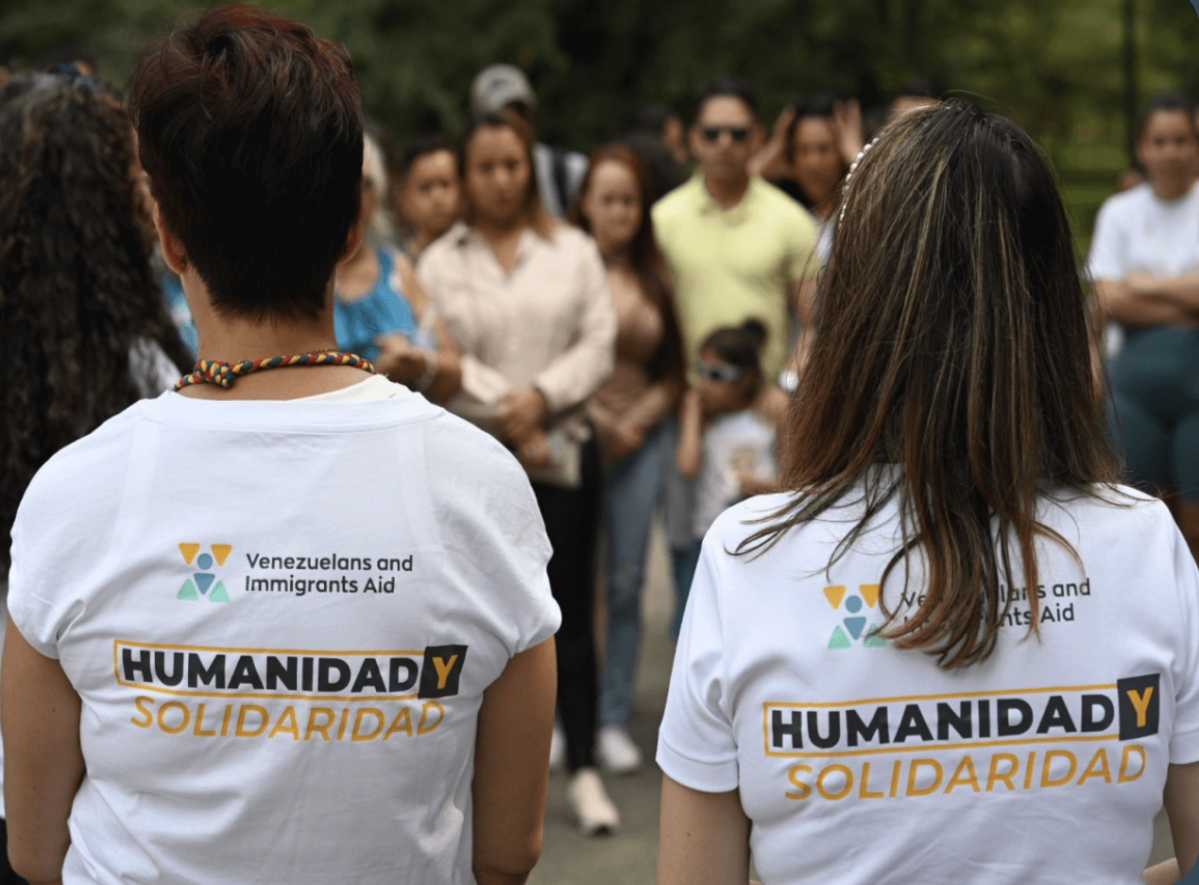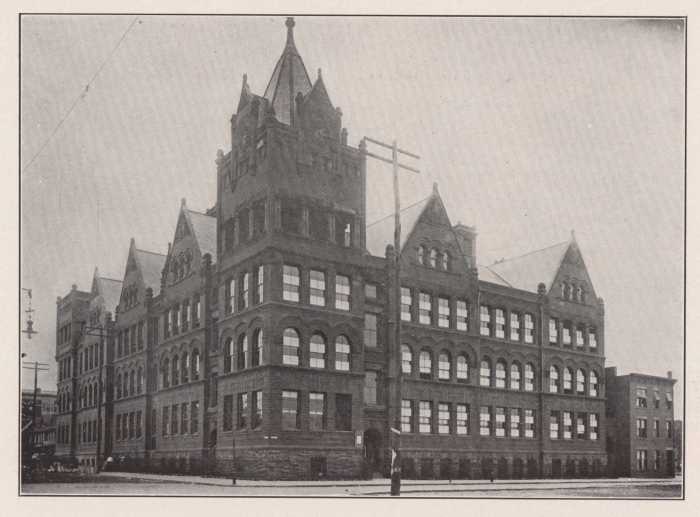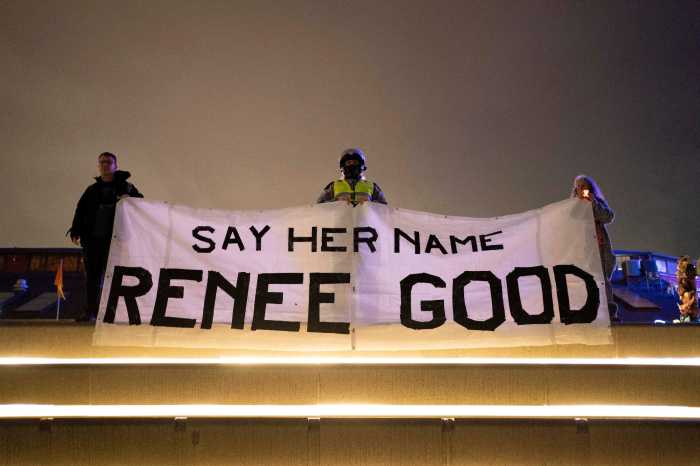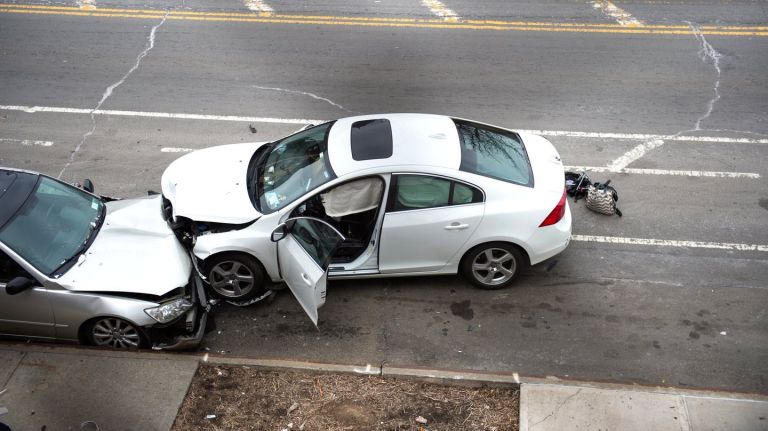
More than two months after the city Department of Transportation promised street safety changes in the wake of a Park Slope crash that killed two children, residents are still waiting for details of the plan.
There is some hope, however, that a proposal will soon make the rounds in the neighborhood.
The DOT is preparing to present a redesign of the Ninth Street corridor to Community Board 6’s transportation committee in June, according to an agency spokesman and committee co-chair Eric McClure.
“Hopefully they’re taking their time and really trying to come up with a street design that pushes things forward,” said Doug Gordon, a safe streets advocate and CB6 transportation committee member who lives in Brooklyn. “I’d rather they take their time and do it right than do it fast.”
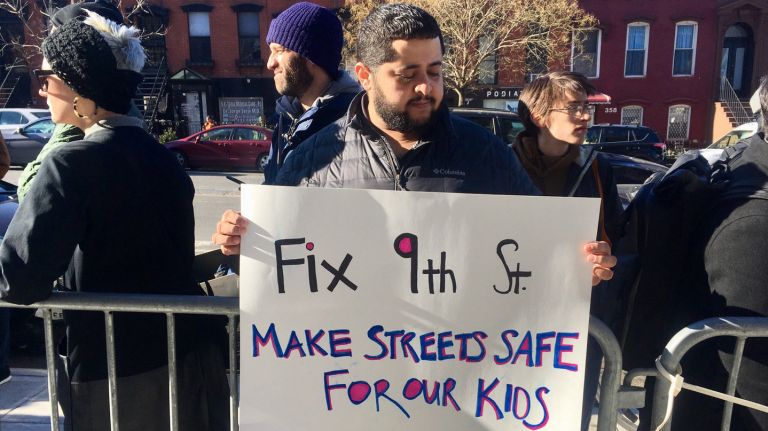
The midday crash that claimed the lives of 1-year-old Joshua Lew and 4-year-old Abigail Blumenstein has become a tipping point for community advocates who have long called for improvements to Ninth Street, a busy, two-lane road that runs through the heart of Park Slope and provides direct access to Prospect Park.
The organizers of rallies and vigils stood among shocked Park Slope residents and demanded Mayor Bill de Blasio and DOT Commissioner Polly Trottenberg put together a redesign that would make the street safer for pedestrians and cyclists.
Under pressure, Trottenberg promised a “detailed plan” would be unveiled in the coming weeks, but further information on a timeline was not provided.
Despite the lapse in time, Paul Steely White, executive director of Transportation Alternatives, said he still expects the DOT to come forward with a proposal — and soon.
“I’m confident that the commissioner will stay true to her word and that the DOT will not just fulfill the community’s expectations but potentially exceed them,” he added.
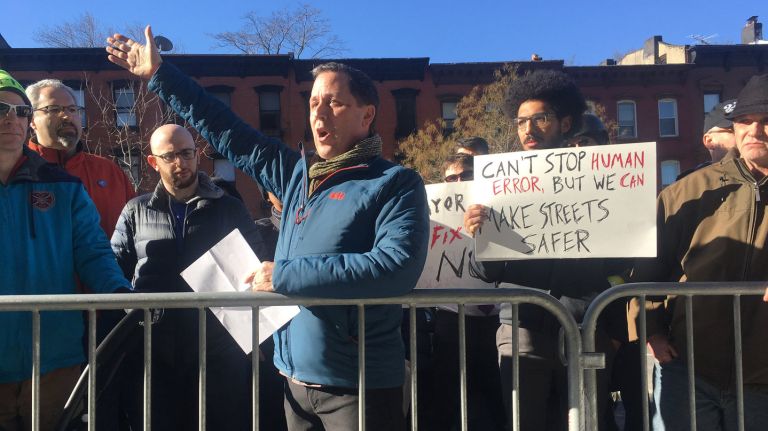
Ninth Street has been plagued with deadly crashes for years, Gordon said, arguing that it’s important to remember that the corridor serves as much more than a thoroughfare for cars.
“It connects a lot of different communities to Prospect Park,” he said. “There are subway stations up and down Ninth Street.”
Gordon, White and other community advocates are hoping the DOT will take a comprehensive, pedestrian-friendly approach in engineering the Ninth Street redesign, including protected bike lanes with pedestrian islands, daylighting intersections to maximize visibility and curb extensions that benefit pedestrians and drivers.
“We’re looking for the full complement of safety features,” White said. “It’s such an important moment for Vision Zero to see what the city can really do to put pedestrians first.”
Curb extensions pull double duty, White explained, because they give pedestrians more space and make them more visible on a sidewalk but also slow down drivers by constricting space as they make a turn.

Protected bike lanes with refuge islands would shorten crossings for pedestrians and also slow drivers down as they turn, according to Gordon.
“I think it needs to be a design that signals to drivers they need to take it easy while they’re on the street,” he added.
Vehicular speed is a crucial aspect of making streets safe for pedestrians, according to White. Even if a driver has a medical episode — as Dorothy Bruns, the driver in the fatal March 5 crash, claimed — a car going at a slower rate of speed is less likely to injure or kill someone, he said.
Bruns, whose Volvo had received a dozen citations since July 2016, is accused of barreling through a red light at the intersection of Fifth Avenue and Ninth Street on March 5, hitting Abigail, Joshua, their mothers and another man before coming to a stop halfway down the block. Joshua, who was in a stroller, was dragged down the road by the car.
Following a lengthy investigation, Bruns was arraigned on a slew of charges on May 3, including second-degree manslaughter and criminally negligent homicide. She pleaded not guilty and is due back in court June 13.
“It’s difficult to say what particular designs could have prevented that tragedy but we do know that drivers absolutely drive more slowly when roadways are designed for pedestrians first,” White said. “That’s why at the same time, we’re pushing for more accountability for drivers and more stringent consequences for drivers.”
While some may argue that the circumstances surrounding the crash would not have been prevented by a pedestrian-first street design, community advocates are also pushing a broader idea that the New York City driving culture needs to change.
“I think it’s really about changing the culture of driving by putting the people on foot first,” Gordon said. “That’s what we have to focus on.”



